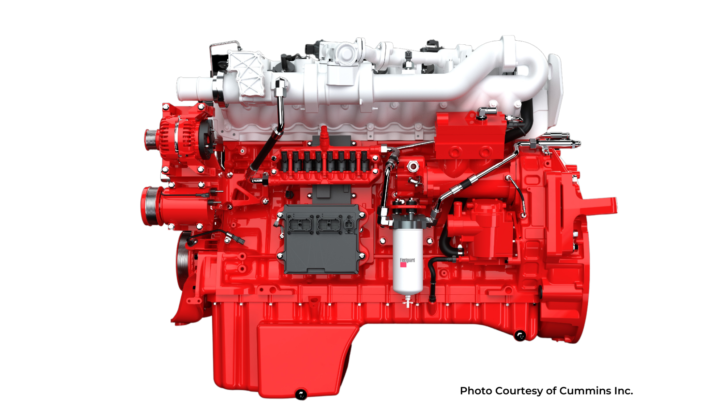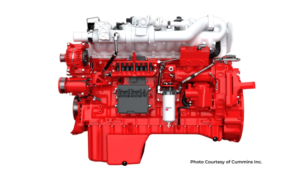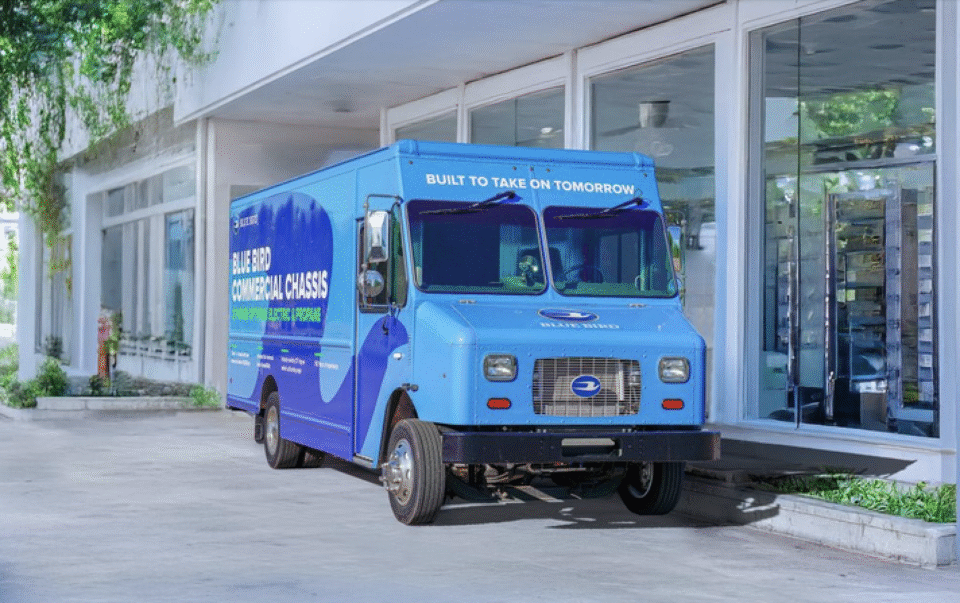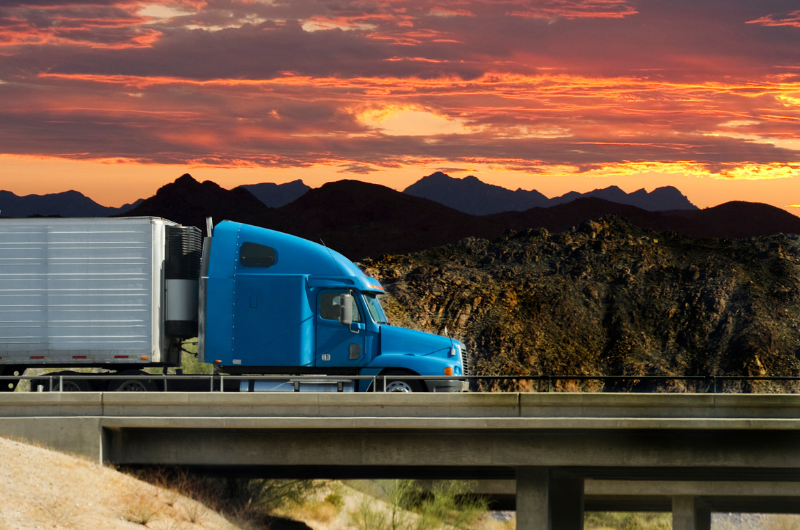Alternative To Diesel: H2 ICE


In the second part of their 3-part series, ACT Research sat down with Cummins (before the launch of Cummins’ Accelera) to discuss the future of clean power technologies. While the first part of this series looks at battery electric power in medium to heavy-duty vehicles, this second part focuses on what hydrogen-fueled (H2) internal combustion engine (ICE) alternatives have to offer by spotlighting Cummins’ H2 ICE engine design.Adapting their 15-liter diesel engine to a 15-liter H2-fueled, heavy-duty (HD) truck engine, Cummins is working to keep an easy transition in both the products and the production line. A similar design with minor variations allows for the use of alternative fuel while controlling the costs for the truck manufacturers and customers.“While ACT remains fuel agnostic, and believes fleets know their operations better than anyone else, we also recognize ICE costs will rise as increased emissions regulations are globally adopted, and tougher regulatory standards for ICE will lead to a more favorable TCO for CEV. Most CVs are working in competitive situations, so questions on operating costs are fundamental. Will each powertrain alternative—EV, FCEV, H2 ICE, etc.—offer varying degrees of ROI? Yes. And, of course, this depends on each application’s unique duty cycle. ACT Research uses a bottom-up approach, analyzing component costs, operational costs based on duty cycles, fuel, maintenance, taxes, infrastructure, and more.”




